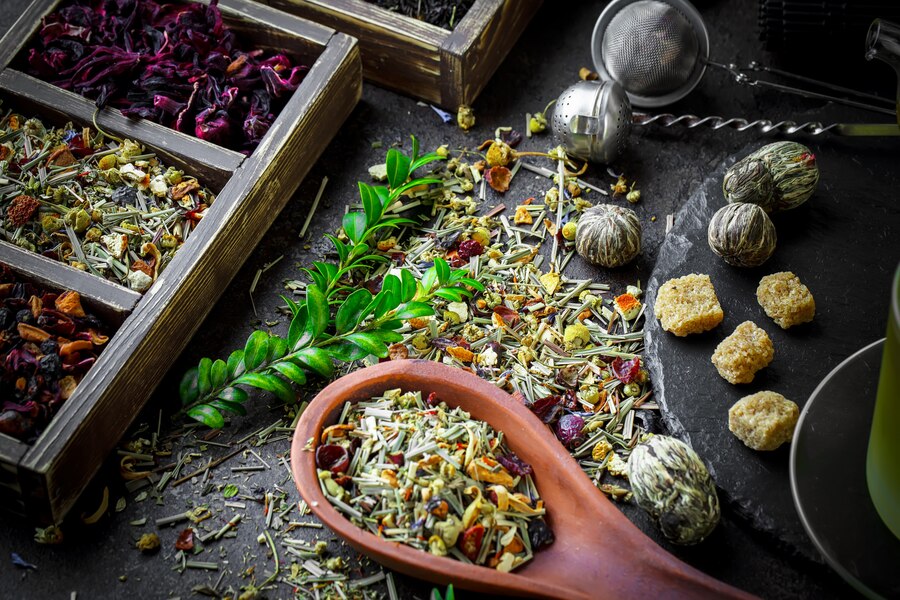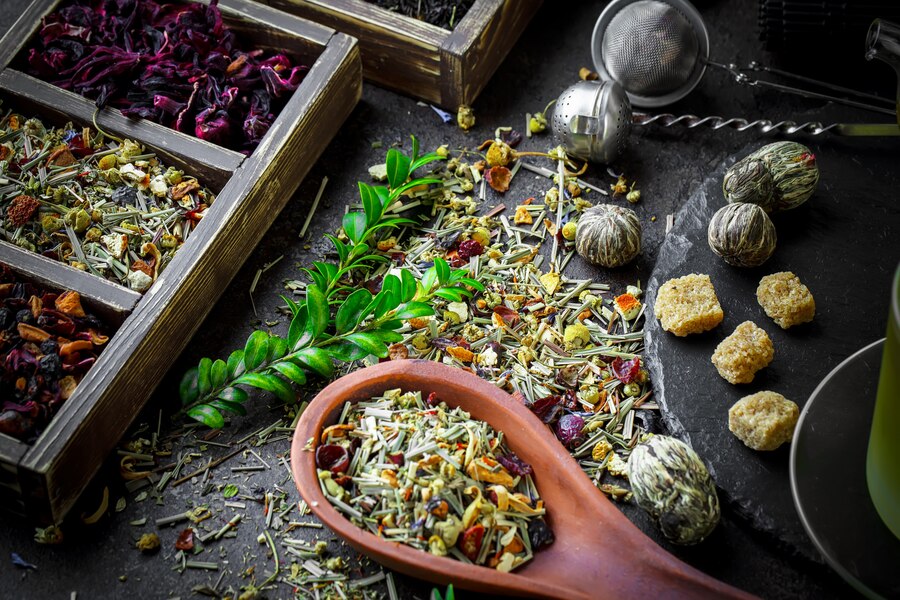Tarragon, often called the “King of Herbs” in French cuisine, is a versatile and aromatic herb that has been cherished for centuries. Its distinctive flavor and numerous health benefits make it a favorite among chefs and herbalists alike. But what exactly is tarragon, and why is it so special? Let’s dive into the fascinating world of tarragon and uncover its many secrets.
History of Tarragon
Tarragon’s journey began in the regions of Central Asia and Siberia. From there, it spread to Europe and the rest of the world. Historically, it was not just a culinary delight but also a medicinal herb used by ancient civilizations for its healing properties.
Tarragon in Ancient Cultures
In ancient Greece and Rome, tarragon was used to treat various ailments, including digestive issues and toothaches. The herb was also believed to have magical properties, protecting against evil spirits.
French Tarragon
French tarragon is the most esteemed variety, known for its sweet, licorice-like flavor. It’s a staple in French cooking, particularly in dishes like Béarnaise sauce and tarragon chicken.
Russian Tarragon
Russian tarragon, while more robust and easier to grow, has a milder flavor compared to its French counterpart. It’s often used for pickling and in various Russian dishes.
Mexican Tarragon
Mexican tarragon, also known as Texas tarragon, has a stronger anise flavor and is used in Mexican cuisine. It’s also a popular choice for growing in hotter climates where French tarragon struggles.
Ideal Growing Conditions
Tarragon thrives in well-drained soil with plenty of sunlight. It prefers a slightly alkaline soil pH and doesn’t do well in overly wet conditions.
Planting and Propagation
Propagating tarragon is usually done through cuttings or division since French tarragon rarely produces viable seeds. Plant in the spring after the last frost for the best results.
Caring for Tarragon Plants
Regular watering, but not overwatering, is key. Tarragon plants should be pruned regularly to encourage growth and prevent legginess. Mulching can help retain soil moisture and control weeds.
When to Harvest
The best time to harvest tarragon is in the morning when the essential oils are most concentrated. Typically, this is in late spring or early summer.
How to Harvest
Use sharp scissors or pruning shears to snip off the top third of the plant. Avoid taking too much at once to ensure continued growth.
Storing Fresh Tarragon
Fresh tarragon can be stored in the refrigerator wrapped in a damp paper towel inside a plastic bag. For longer storage, consider freezing or drying the leaves.
Flavor Profile
Tarragon’s flavor is a unique blend of sweet and slightly bitter, with hints of anise and vanilla. This makes it a perfect addition to both savory and sweet dishes.
Tarragon in French Cuisine
In French cuisine, tarragon is a key ingredient in many classic dishes. It’s an essential component of the traditional herb mix “fines herbes,” which also includes parsley, chives, and chervil.
Popular Dishes with Tarragon
Some popular dishes featuring tarragon include:
Béarnaise sauce
Tarragon chicken
Fish dishes with tarragon butter
Cooking Tips and Pairings
Tarragon pairs well with chicken, fish, eggs, and creamy sauces. It’s best added towards the end of cooking to preserve its delicate flavor.
Traditional Medicinal Uses
Traditionally, tarragon has been used to treat digestive issues, insomnia, and poor appetite. It’s also known for its antiseptic and anti-inflammatory properties.
Modern Medicinal Applications
Today, tarragon is recognized for its potential in regulating blood sugar, relieving pain, and its antibacterial properties. It’s often used in herbal teas and tinctures.
Health Benefits of Tarragon
Tarragon is rich in vitamins and minerals, including vitamin A, C, and various B vitamins. It’s also a good source of manganese, iron, and calcium.
Vitamins and Minerals
A tablespoon of tarragon provides a substantial amount of vitamin A, vitamin C, and folate. It also contains small amounts of potassium, magnesium, and phosphorus.
Caloric Content
Tarragon is low in calories, making it a great addition to any diet. One tablespoon contains just about 5 calories.
Antioxidant Properties
Tarragon contains antioxidants that help combat free radicals in the body, potentially reducing the risk of chronic diseases.
Essential Oils
Tarragon essential oil is extracted through steam distillation of the leaves. It’s used in aromatherapy to alleviate stress, reduce pain, and improve digestion.
Benefits and Uses
Inhaling tarragon essential oil can help with respiratory issues, while topical application can relieve muscle and joint pain.
Tarragon Tea
Tarragon tea is a soothing beverage that aids in digestion and helps with sleep. Simply steep fresh or dried tarragon leaves in hot water for a few minutes.
Cocktails and Infusions
Tarragon adds a unique twist to cocktails and infused beverages. It’s particularly delightful in gin-based drinks and lemonade.
Digestive Aid
Tarragon has been traditionally used to ease digestive issues like bloating and indigestion. A tea made from its leaves can be very effective.
Stress Relief
The soothing properties of tarragon make it an excellent remedy for stress and anxiety. Aromatherapy with tarragon essential oil can be particularly beneficial.
Allergies
Some people may be allergic to tarragon. It’s important to test for any allergic reactions, especially if you have a history of allergies to other herbs.
Overconsumption Risks
While tarragon is safe in culinary amounts, overconsumption can lead to side effects such as nausea and vomiting. It’s best to use it in moderation.
Fresh vs. Dried Tarragon
Fresh tarragon offers a more vibrant flavor compared to dried. However, dried tarragon is more convenient and has a longer shelf life.
Storage Tips for Longevity
Store fresh tarragon in the fridge, either in a glass of water or wrapped in a damp paper towel. Dried tarragon should be kept in an airtight container in a cool, dark place.
Cultural Significance

In addition to its culinary and medicinal uses, tarragon holds cultural significance in various regions. In Armenia, it’s a traditional component of a drink called “Tarkhuna.”
Unique Uses
Tarragon has also been used in perfumes and as a natural pest repellent. Its versatility extends far beyond the kitchen and the medicine cabinet.
Conclusion
Tarragon is truly a marvel of nature. Its unique flavor enhances countless dishes, while its medicinal properties offer numerous health benefits. Whether you’re a seasoned chef or a budding herbalist, tarragon deserves a place in your garden and your pantry. So why not explore the wonders of tarragon and add a touch of its magic to your life?
FAQs
What is the best way to store fresh tarragon?
Store fresh tarragon in the refrigerator, wrapped in a damp paper towel inside a plastic bag, or place the stems in a glass of water.
Can tarragon be grown indoors?
Yes, tarragon can be grown indoors. Ensure it gets plenty of sunlight and is planted in well-draining soil.
Is tarragon safe for everyone to consume?
Generally, tarragon is safe for most people. However, those with allergies to other herbs or plants in the Asteraceae family should exercise caution.
How does tarragon differ from other herbs like basil or thyme?
Tarragon has a distinct anise-like flavor that is sweeter and less pungent than herbs like basil or thyme. It’s often used to add a unique flavor profile to dishes.
What are some easy recipes that include tarragon?
Try making a simple tarragon chicken, a fresh tarragon vinaigrette, or a creamy tarragon sauce for fish.
